AZA, the Association of Zoos and Aquariums,has released the full schedule for its 2025 mid-year meeting, which takes place from 24 – 29 March in Palm Springs, California.
Hosted by the Living Desert Zoo and Gardens, this year's meeting features various sessions and networking events, including peer-developed learning, guest speakers, working group discussions, workshops and summits.
AZA's mid-year meeting brings colleagues together from across the sector for networking and learning. Topics to be covered include diversity, safety, avian health, conservation, education, animal welfare, animal programmes, and much more.
Subjects to be discussed include:
- Safety summit
- Diversity summit
- Green summit
- Advancement summit
- Avian scientific advisory group meetings and workshops
- AZA SAFE meetings
- Ungulate taxon advisory group meetings and workshops
There will be many more meetings by committees, scientific advisory groups, and animal programmes, AZA said. The full schedule is now available.
AZA meetings and official events provide an inclusive, welcoming and respectful space for attendees, and all are welcome to join, learn, share, network, and help to create a stronger AZA community.
Attendees are helping to advance AZA’s mission to help its members and the animals in their care thrive through services advancing animal welfare, public engagement, and wildlife conservation.
Registration open for AZA mid-year meeting
The early bird rate for AZA's mid-year meeting is open until 21 February. Attendees can register here.
Last month, AZA announced that it had awarded almost $165,000 to eight projects selected for the 2024 Conservation Grants Fund(CGF). These initiatives boost efforts to save some of the world's most at-risk species from extinction.
"Saving wildlife and wild places is a responsibility that we all share," said Dan Ashe, president and CEO of AZA.
"The Conservation Grants Fund is not only a powerful tool for turning innovative ideas into conservation action, but it also unites experts from AZA-accredited facilities, conservation organizations, research institutions and local communities."
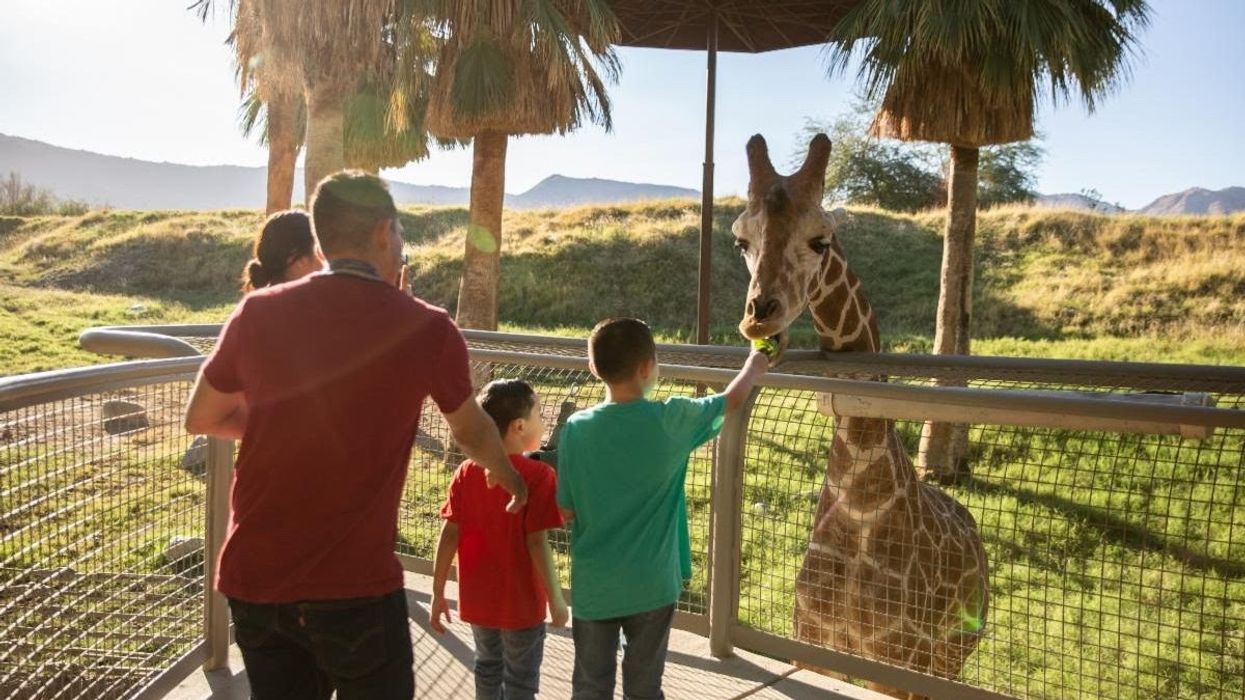

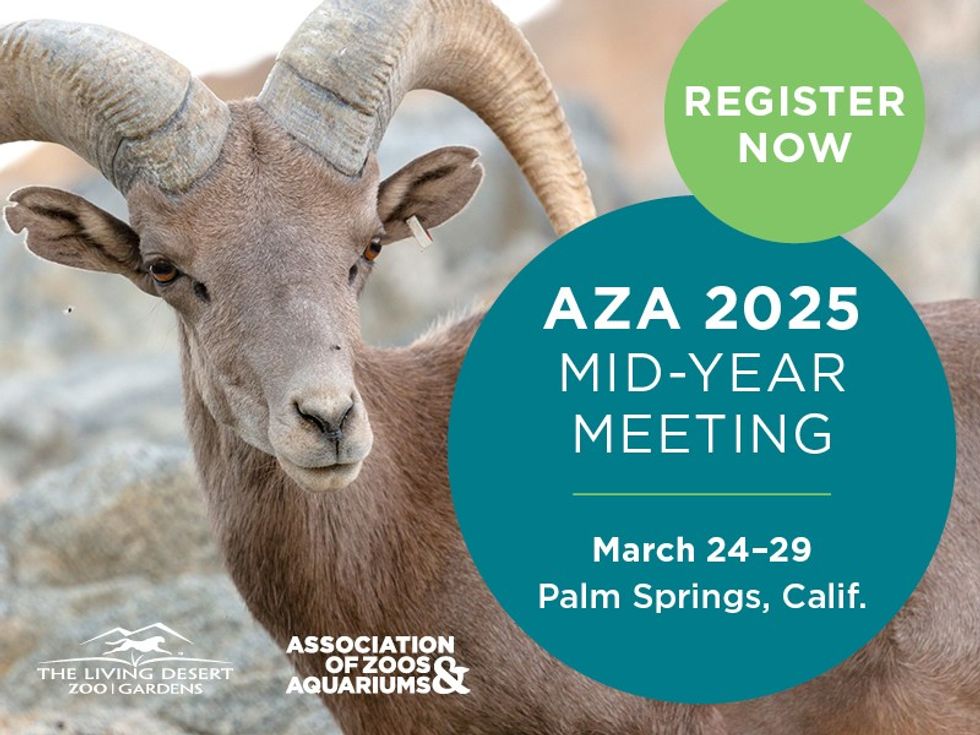


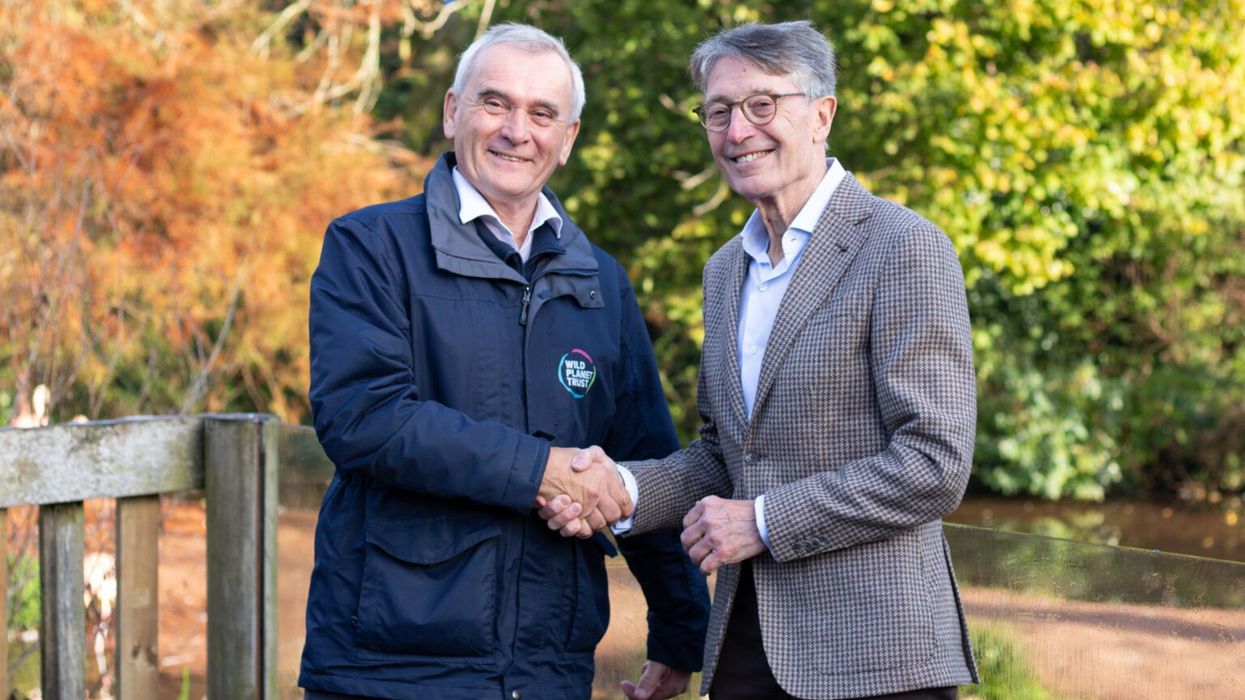

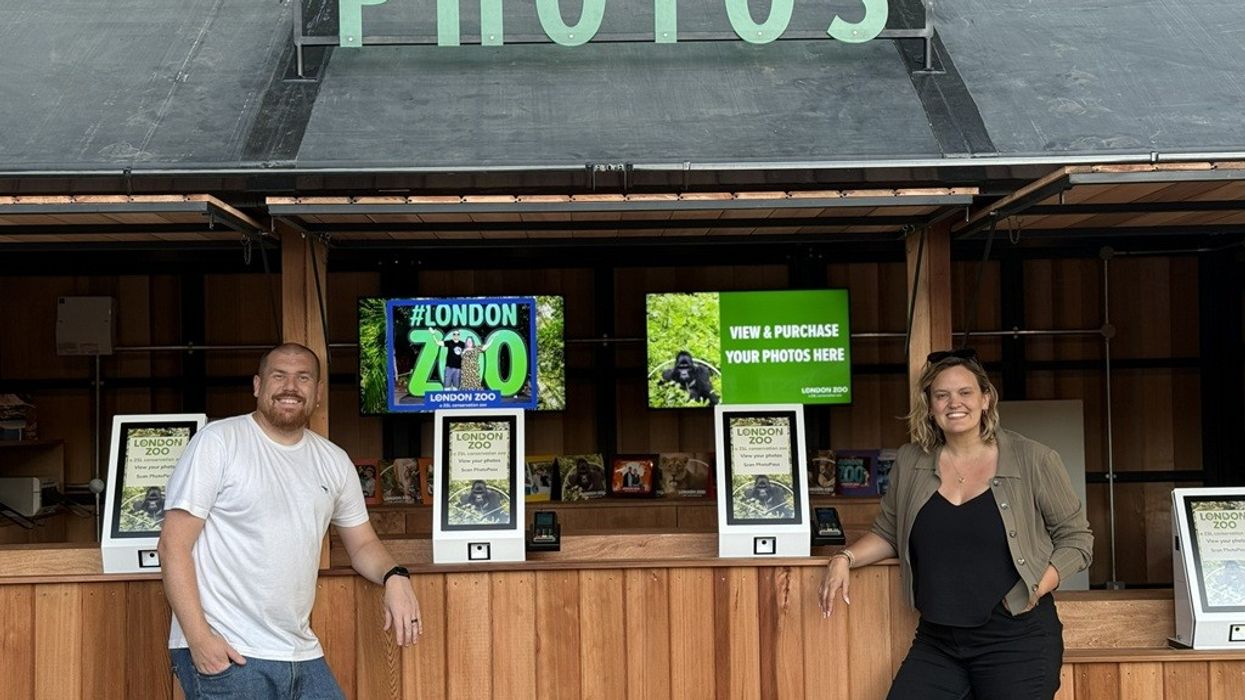
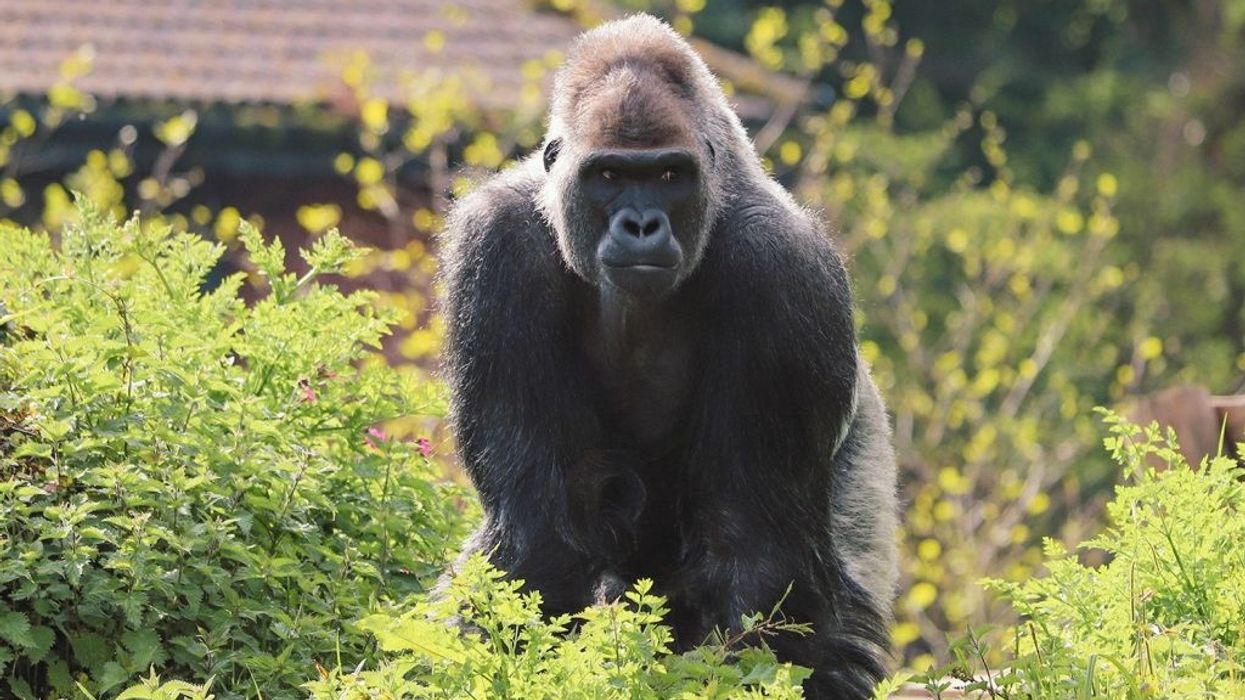
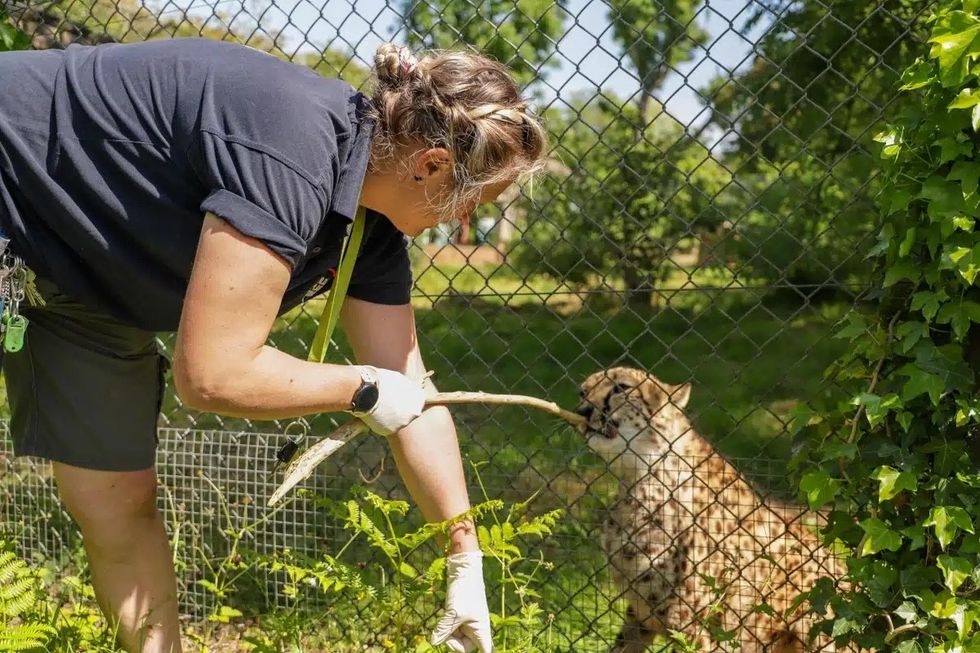






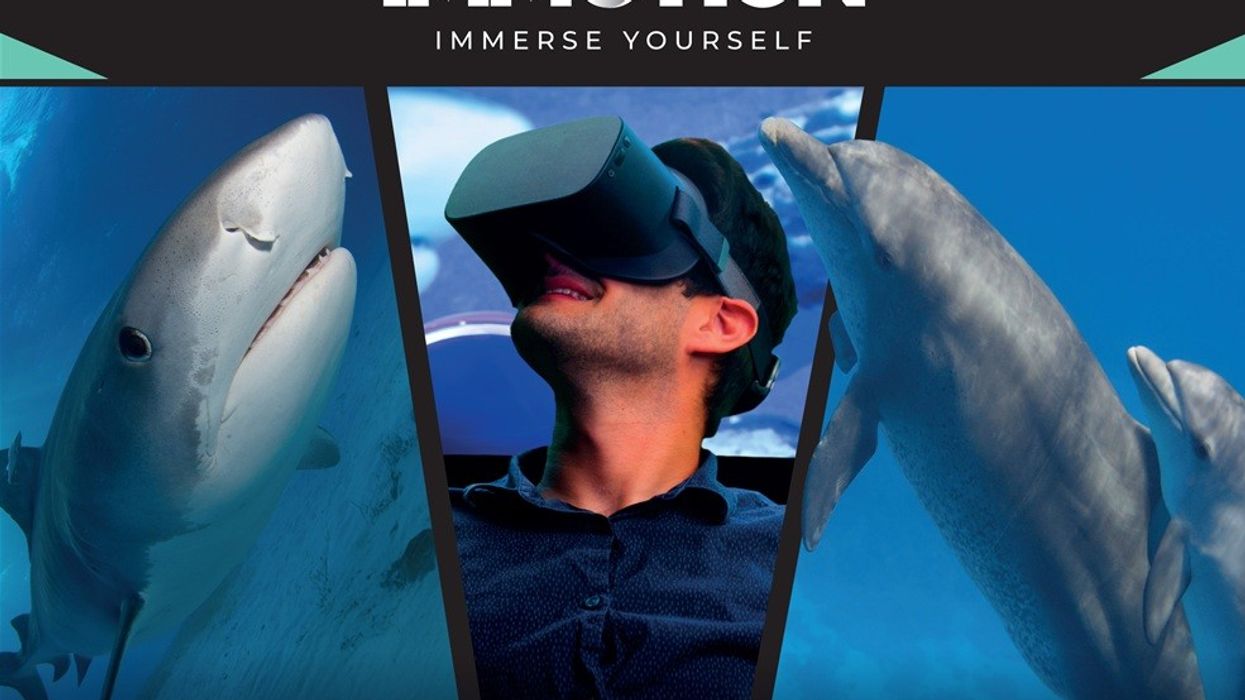
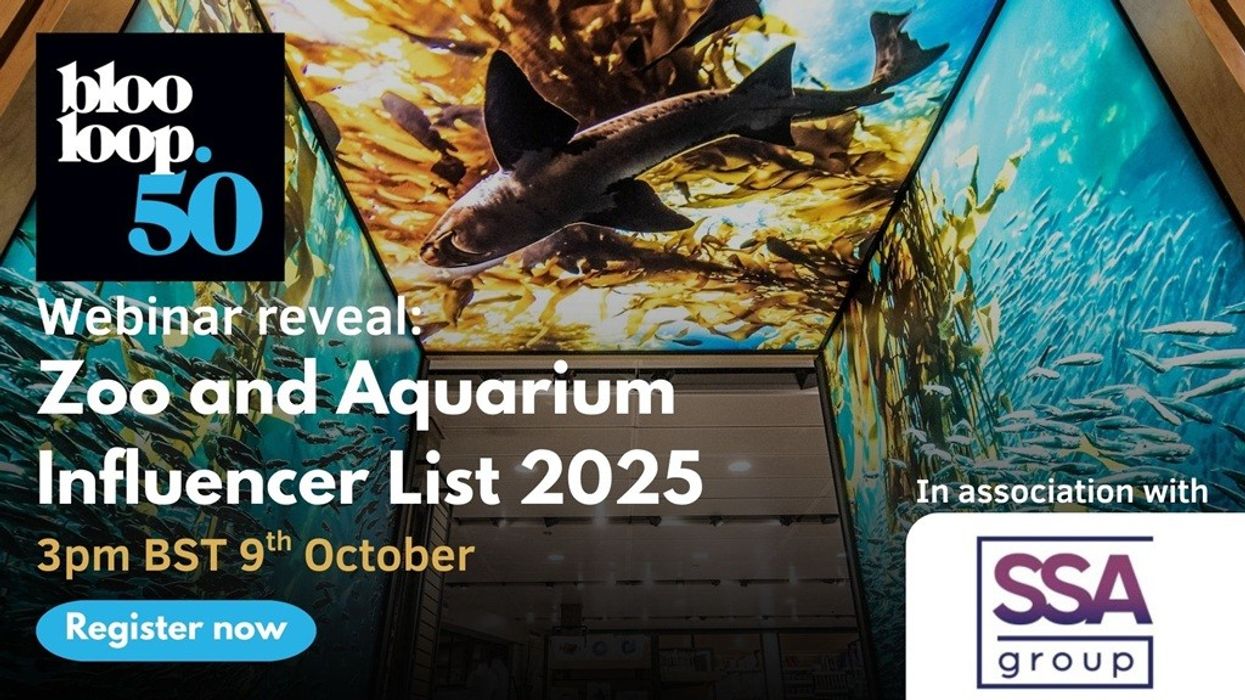

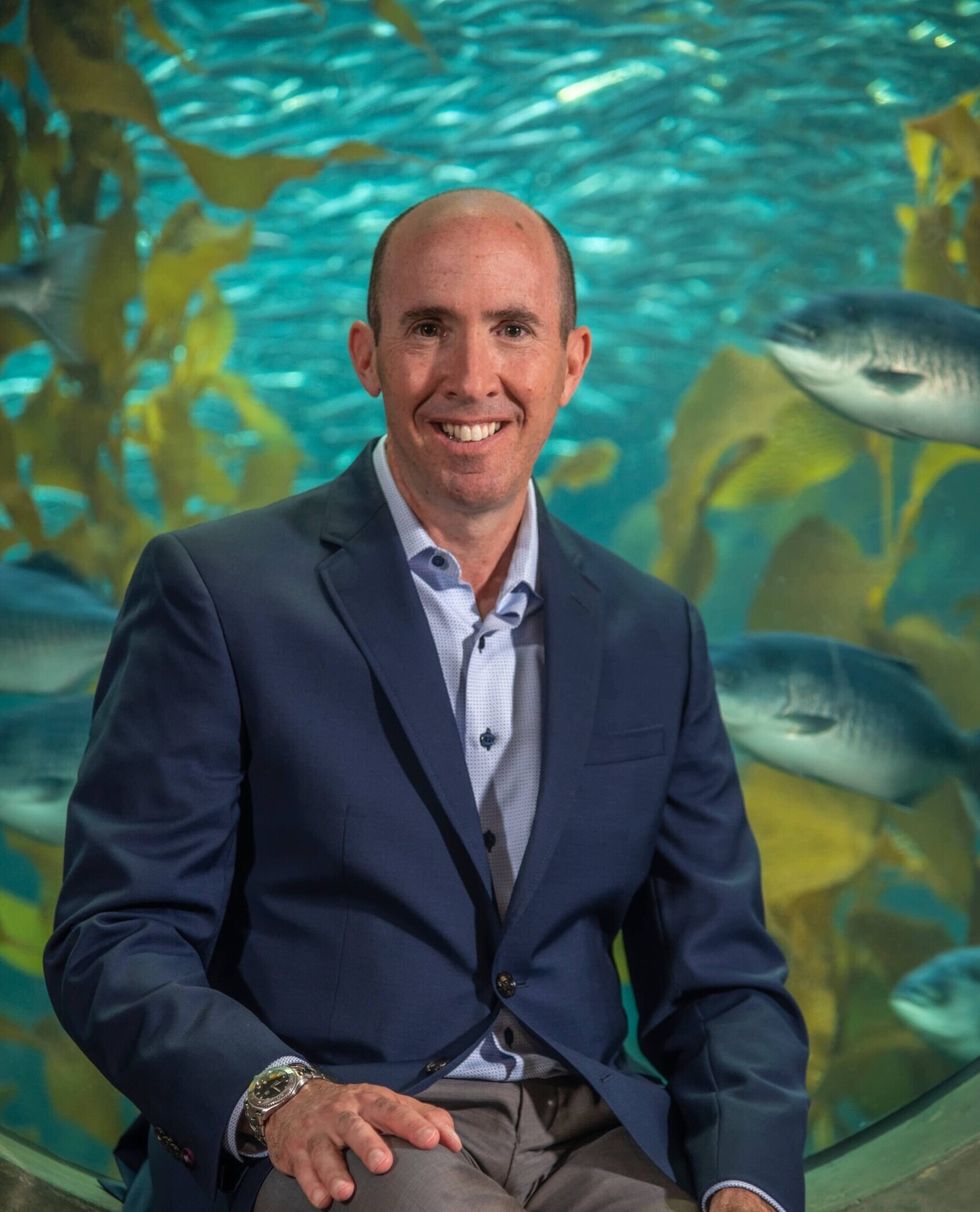 David Rosenberg, Vice President of Guest Experience
David Rosenberg, Vice President of Guest Experience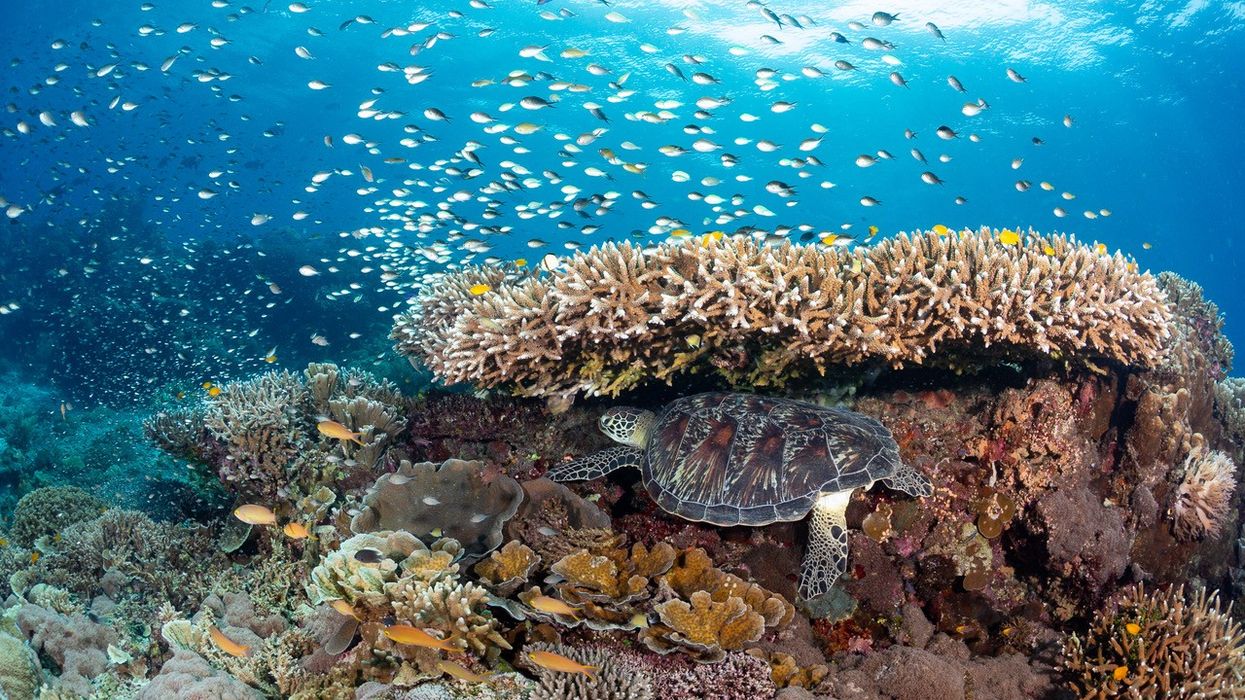

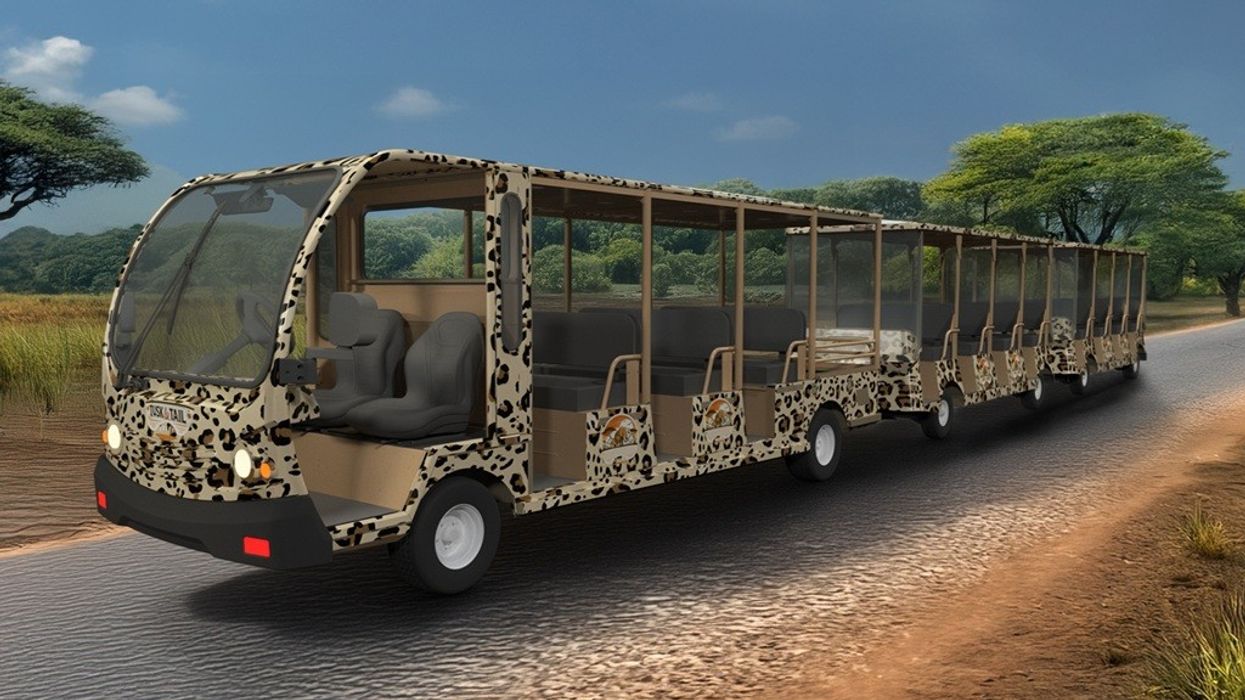
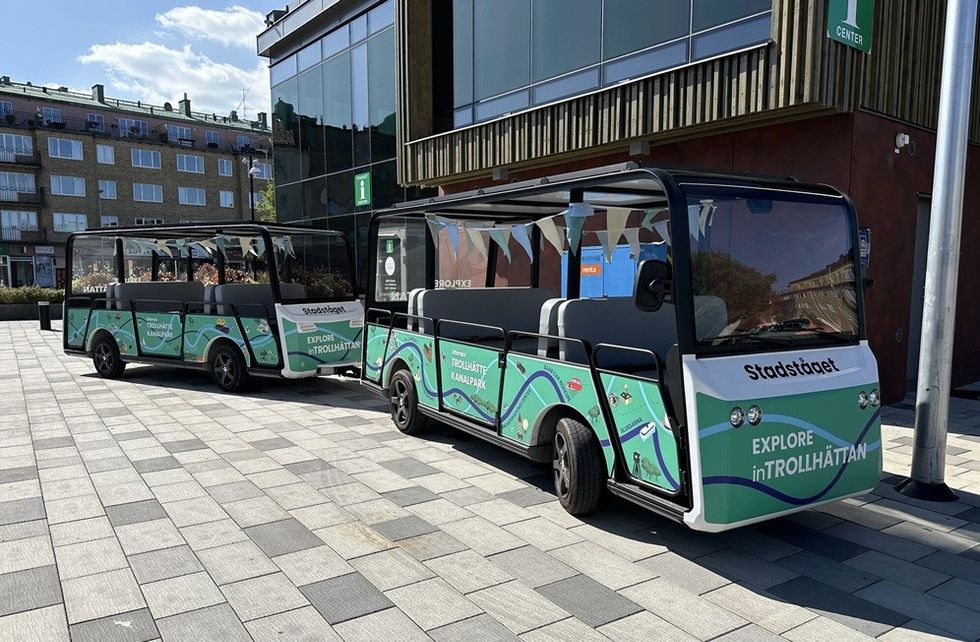 The Solar Shuttle
The Solar Shuttle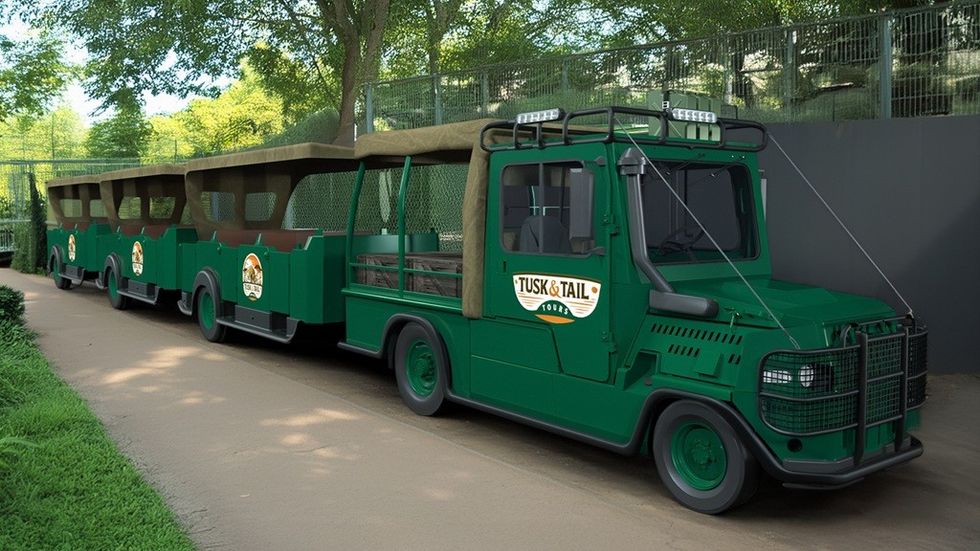 The 9000ST Series
The 9000ST Series